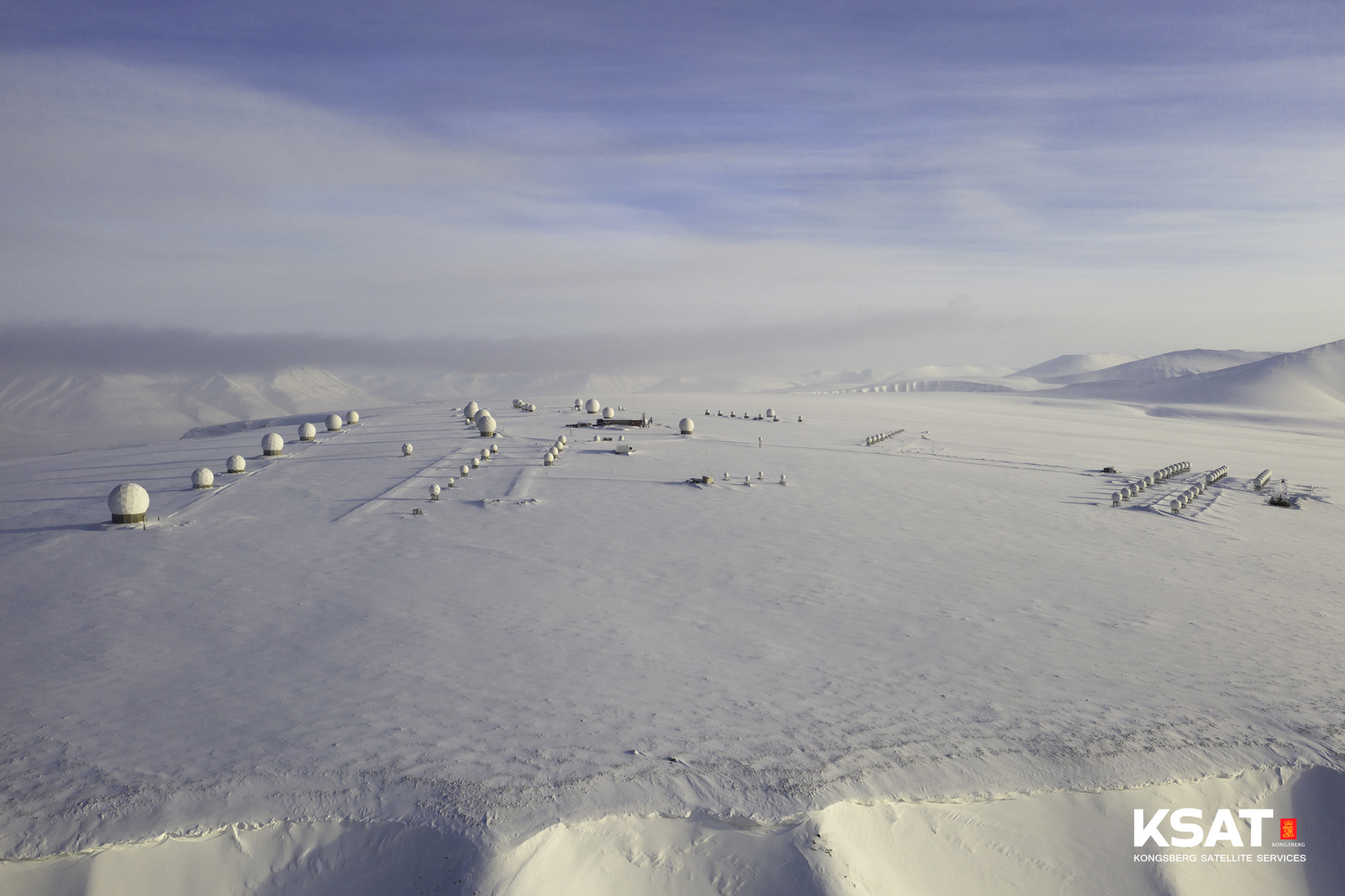I am pleased to announce that we have had no service disruption during the period of national lockdown, which was imposed beginning on March 12. Our network operation capability was shown to be strong and robust, and more than 50,000 passes were successfully delivered in April. Our team of 250 KSAT employees have been working from home during lockdown, staying productive and maintaining workflow with the use of our well-established systems for calls, instant messaging, and video meetings.
On May 7, the government of Norway announced the reopening of Norway and presented new guidelines in accordance with the Covid-19 pandemic. The recommended size of groups who can meet is increased from 5 to 20 people (private), provided you keep one meter distance. Events with up to 50 participants are allowed. For us at KSAT, the new guidelines mean that we can continue the process of getting all employees back to the office, and at the same time facilitate a safe and inclusive workplace. International travel is not yet advised; however, I hope we will get there too in the near future. Exploring all kinds of virtual channels is fun for a while, but what we really would like is to see you all in person soon.
Fortunately, the world does not stop even though it has slowed down considerable. As you may have seen in recent news articles, KSAT has just ordered the first commercial Optical Ground Station. It is called KSAT Nemea and will be fully integrated in the KSAT network, as a first step to operationalize a hybrid ground segment capable of serving all kinds of satellites. The KSAT crew has also put into operation the first KSATlite dual-band S/Ka-band system. This antenna system is interoperable with the rest of the KSATlite ground segment and expands the growing Ka-band network we have built.
The summer season in Antarctica is at its end and we currently have 14 antennas located down there. In the true pole-to-pole tradition, that is just in time for the season to start in the Arctic, where we will complete several installations at the KSAT Svalbard facility this year to further increase service capacity.
Despite lower oil prices, our Earth Observation side has experienced a growing demand. Strengthening the multi-mission capability has been important and new sensors have been implemented. Three new satellite systems will be put into regular operation shortly, and our tasking and production facilities are updated and expanded accordingly.
I’m looking forward to the spring coming here in Norway, a period of the year where we can thaw out after a long winter and continue our everlasting quest to serve satellite owners and operators.
Stay safe.
-Rolf
